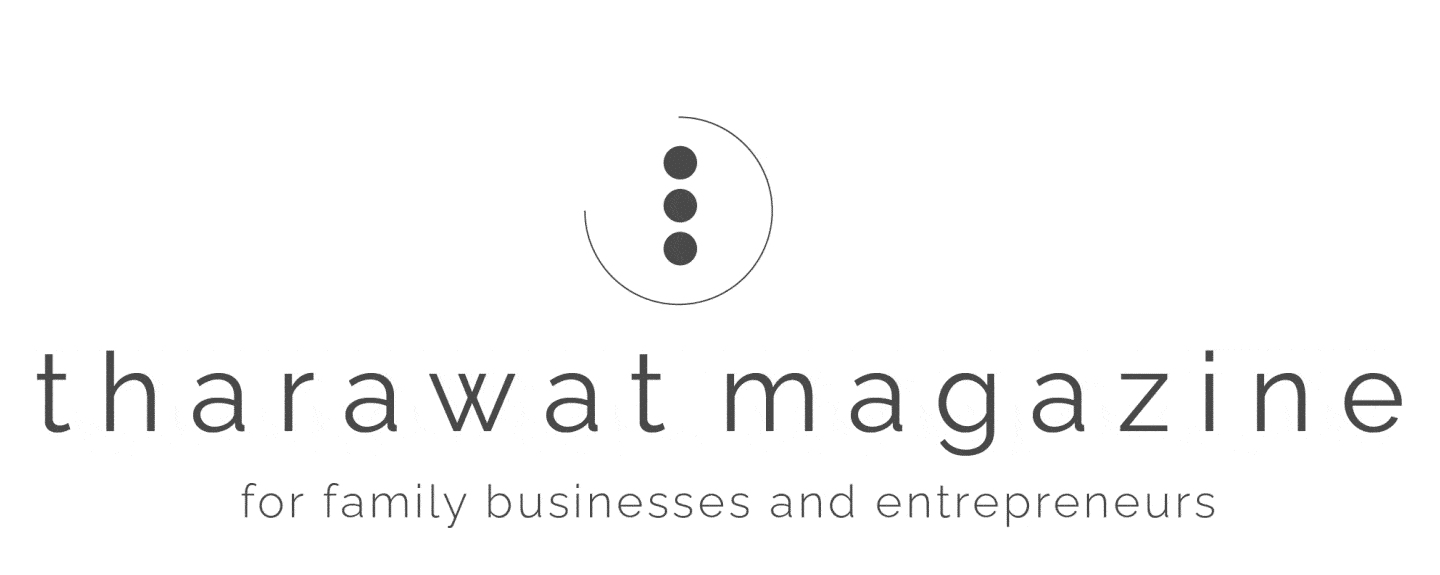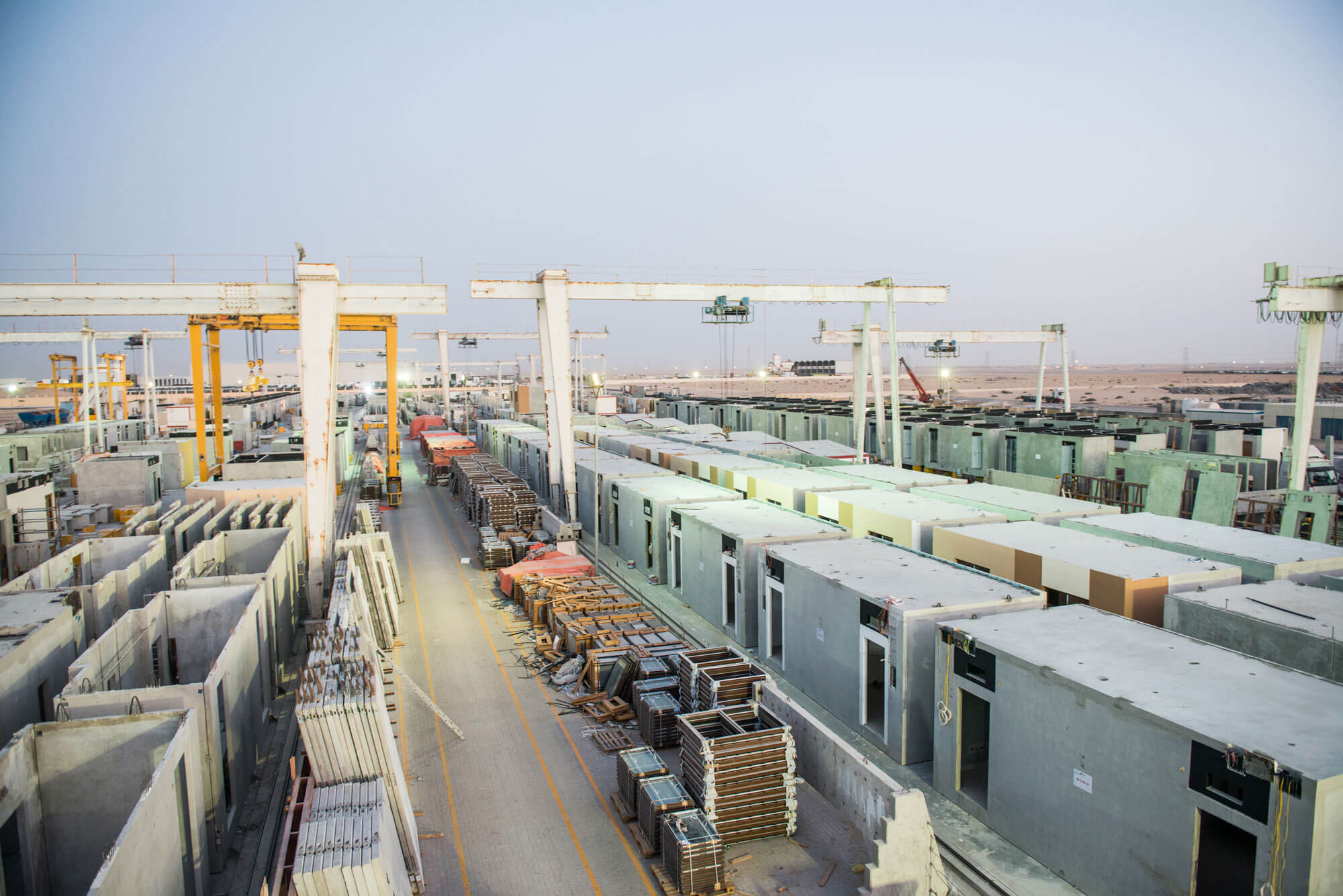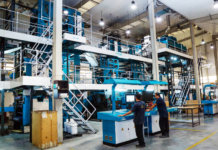Amana Contracting was founded by Chebel Bsaibes and is today part of a group of companies focused on the construction sector. What began as Chebel’s ambitious vision has grown into a regional leader in the design and construction of industrial facilities in addition to its competencies in the design-construction of aviation fuelling systems, district cooling networks, steel fabrication, modular buildings and rooftop solar power plants.
For any family business to survive and thrive like Amana Investments has, it must evolve through the natural stages of development. It entails risk taking, sacrifice and endurance. Perhaps nobody knows this better than Amana Investments CEO Riad Bsaibes. Having been raised in Kuwait, Bsaibes went on to study engineering at MIT before earning an MBA from Harvard Business School. Soon thereafter, he answered his brother Chebel’s call and returned home to grow the family company.
Tharawat Magazine had the opportunity to sit with Bsaibes and discuss his early days in the family business, how Amana grew into a regional leader and an industry disruptor, and the natural evolution that occurs in the development of any company.
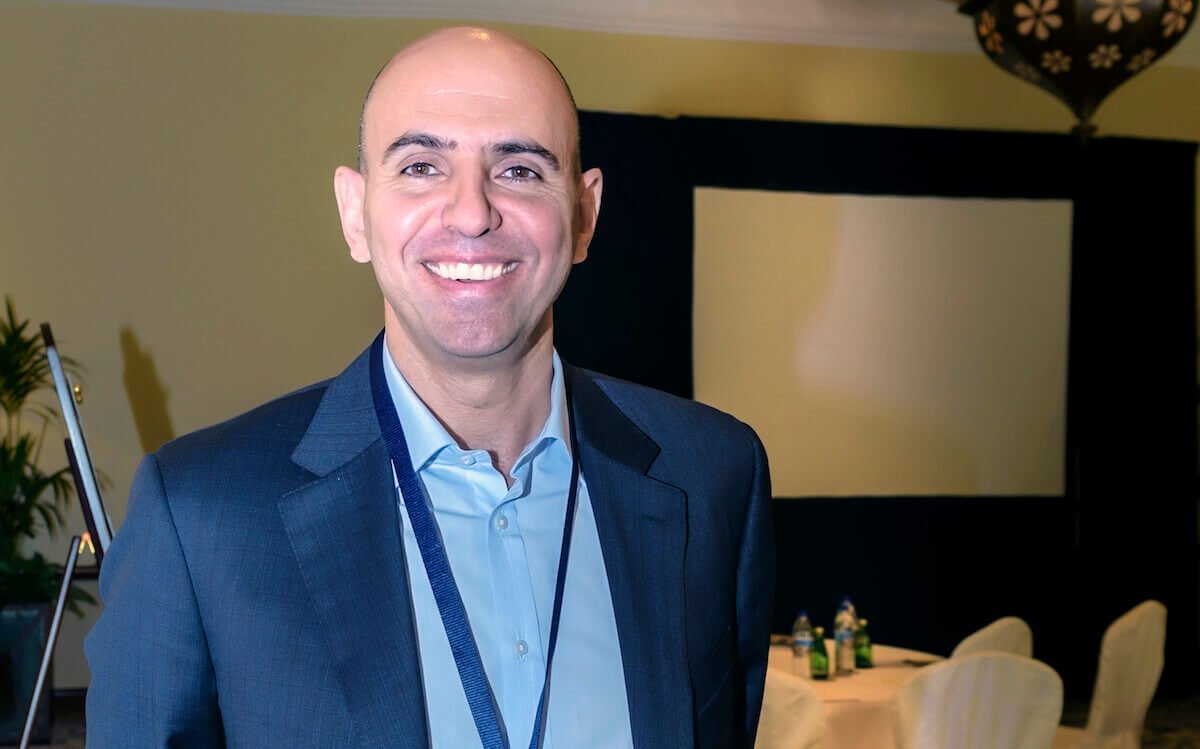
What would you say was the moment when the company grew the fastest?
We were blessed with the overall market growth in the period of 2004 onwards. As we focused on the high-end logistics, manufacturing and fast-moving consumer goods (FMCG) sectors, we benefitted as these sectors grew faster than the general contracting industry. Consequently, this experience base provided us with a growing body of knowledge about these sectors and their requirements allowing us to grow deeper into them and resulting in a virtuous cycle of continuous learning and improvement.
This deep customer knowledge coupled with conservative accounting and solid balance sheets allowed us to survive, and even thrive, post the Global Financial Crisis of 2009 while many of our competitors faced extremely challenging situations leading to their demise.
In fact, 2010 was our best financial year, at that point in time. This gave ammunition for our founder, Chebel Bsaibes, to execute in 2011 on a vision of establishing an offsite factory-based concrete modular construction business focused on sectors that Amana had not focused on in the past such as residential, hospitality, education and healthcare. This initiative was initially named Amana Concrete Modular Construction and we were careful to target at that point in time projects with our repeat clients (i.e. early adopters).
Once the concept was proven and improved with them, then we went public with the business and spun it off from Amana naming it DuBox. It was a big risk to take at that time as the product is quite revolutionary for the region. While it saves over 30% on time and cost of construction, its success is predicated on parallelism and therefore requires a radical change in the approval process by the client and the designer. This was the main hurdle that we eventually overcame.
Today with over AED 1 billion of works, DuBox stands proud in having the most advanced delivery systems of pre-manufactured concrete buildings. In fact, lots of proprietary knowledge and components have been developed and we are in the process of developing the IP protection around it. Furthermore, by shifting the construction activities to a factory environment, we now have an advanced platform through which we are adopting manufacturing initiatives into the construction sector. One such example is in three dimensional printing in concrete.
How did your perception of the company change as it grew and you ventured into different directions?
I would say if companies are like human beings, from the period of 2002 to 2010 we were teenagers. So we grew during that period, and that period developed our character as a company. We were willing to take measured and calculated risks, and therefore we were able to grow. Over the last four or five years, with Dubox especially, I would say we’ve become a mature adult who knows what they want, who knows the kind of work that they want to do, and knows how to handle that work.
I think at the different stages of growth for a company, different things are important. Revenue is always crucial and so are profits and so is cash. But at certain points in time there are trade-offs between the three that the management and the shareholders have to make. For start-up companies, cash flow is the most important metric to go by, because that’s like oxygen for the human body.
Profits, while important like food for the body, are not as critical though. You can go without food for days, but you cannot survive without oxygen for long. Once you get beyond that and you have sufficient cash, then revenue becomes important because you want to develop market share. But then at some point as you grow and you mature, profits become more important as you would have established your market presence at that point in time. So that’s when you start looking inwards to see how you can become more efficient, maintain the market share, yet improve your bottom line by looking at the operation, looking at streamlining things and becoming more efficient as a company.
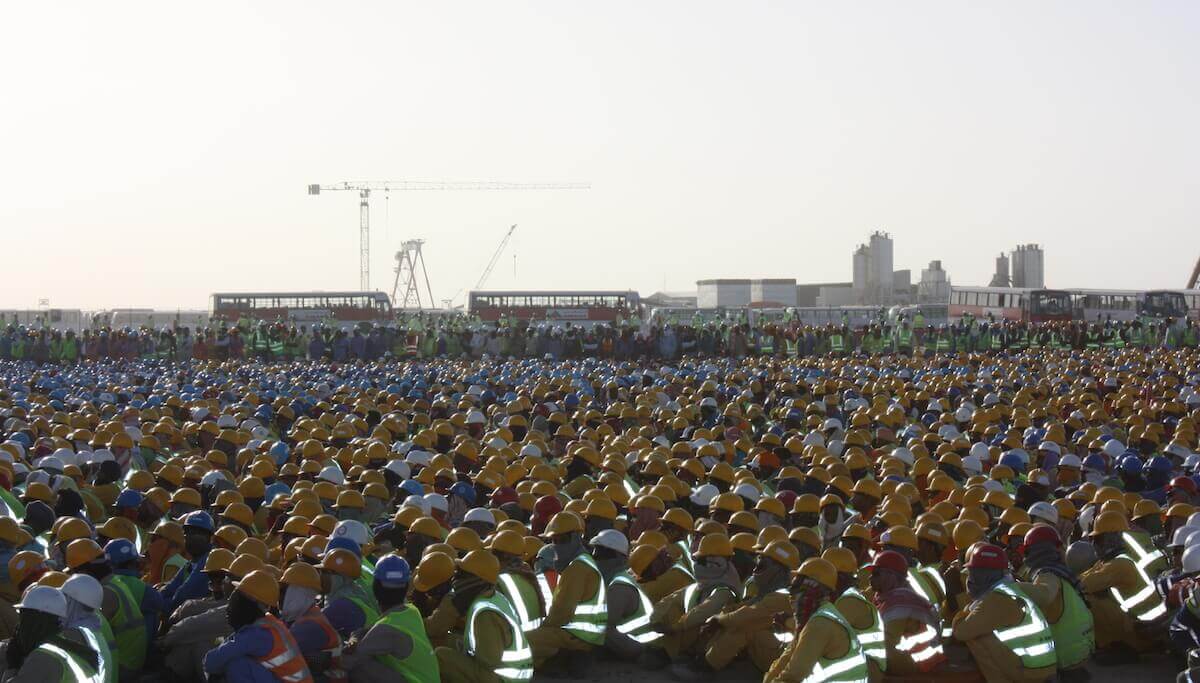
Understanding that the role requirements change inside a company as it grows is also very important. It is crucial, if you want to grow, to realise the difference between an entrepreneur, a manager and a CEO. An entrepreneur is critical for the growth of the start-up company. Just like a young child, the new company is curious and requires a high level of curiosity and a short attention span in order to maximise its learning and establish its value proposition. However, as this young child becomes an adolescent, he needs to start shaping up and putting a suit and a tie. This is equivalent to the role of the professional manager in the growth phase of the company.
Similarly, as this adolescent becomes a mature adult, he focuses on honing his skills. This is equivalent to the role of the CEO. What the CEO runs is already there, the body is already there, the neurons are already set in the brain. There is not a lot of creative things that can be done, but what needs to be done is process excellence and the management of leaders. This is why it is important for a family business to realise that what is required from an entrepreneur who is typically the founder, is different from what is required from a manager or CEO.
What are the most important factors contributing to growth? What did you learn from Amana and Dubox?
I would say cash flow is important. Top line and bottom line are important, depending on different times of growth of a company and different stages. Top line and bottom line and cash have to be looked from the family business’ point of view: A manager in a business always wants to use the cash for growth because that means higher revenues, whereas a shareholder sitting on the side-lines waiting for the dividends to come out might think differently.
Retained earnings are important especially for the difficult times because that’s really what keeps you in place during the rough seas of a down cycle. And at some point, you need to decide as you grow, as the organisation morphs from being a teenager to being a mature adult, you have to decide what strategy, what part of the market do you want to be part of. And traditionally, there are really three strategies to use: either you are the low-cost provider, or you take the position of being a high-quality provider, or you become a concierge. Concierge means you have fewer clients but you go deep with a client and you give them what they want, even if it’s different products and different services but you serve them versus serving the whole market. In general the industries that would flourish with a concierge strategy are the ones that have a high level of service. It is good for companies to know early on what type of an organisation they want to be, what positioning they want to take on. If they don’t and they try to do everything for everyone during the growth stage, when the down cycle comes they will be too spread out to defend their competitive position.
How do you get the whole executive team on the same page and incentivise them towards growth?
I would say make sure your top management’s incentive plan is aligned with the shareholders. For example, in our case, the management and employees are incentivised on the bottom line of the company thus aligning the shareholders and employees. And that to me is probably the most important thing you can do at board level; to put in the right incentive plan for the management. And then everything else will follow. If you put the right incentive plan, and you have the right management team and talent pool, then they will figure out the rest.
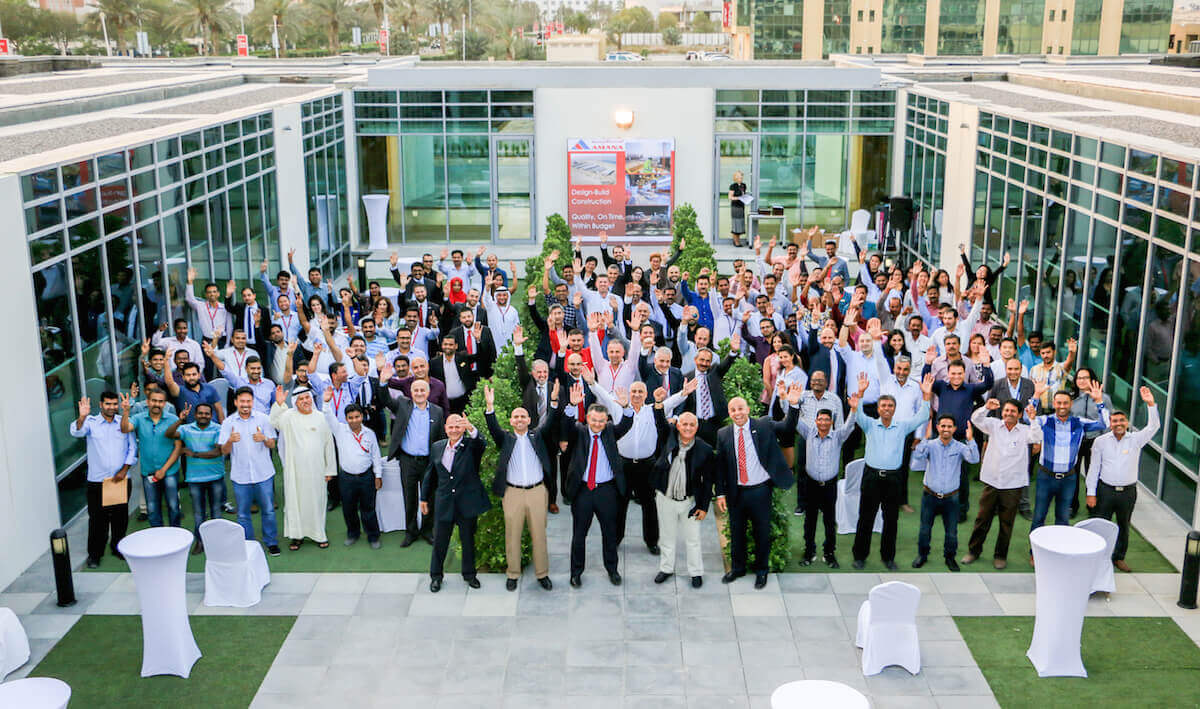
You’re talking about a bottom line driven approach that’s collective. But how is that done?
At the beginning of the year, the board puts in what we call the gate opener. The board says ‘this year the market is good, or bad, whatever, and therefore the minimum we’re going to expect a shareholder should get is a return of X.’ If this return is not reached, the gate remains closed, nobody gets anything. If this return is reached, the gate opens. Once it opens, each of the different businesses has its own profit and loss, and each as a result has its own bonus pool. So the very profitable companies will have a great bonus pool and the less profitable ones will not. But that’s fine because the gate opened for everyone.
And that’s why you need a reliable performance evaluation process. SMART (Specific, Measurable, Actionable, Realistic, Time-bound) objectives ensure the alignment of objectives with the shareholders and allow the organisation to be a learning organisation; an organisation that continuously learns from itself.
What’s your advice to business owners that are trying to grow?
I would say the most important thing is to remember that revenue is vanity, profit is reality, but cash is king. So at the end of the day, make sure as a business you have, and therefore by extension as a family, you have sufficient cash. Once you have that, then worry about becoming a well-operated business, once you have that then worry about the market share and not the other way around. Don’t just grow for the sake of growing and not have enough cash or grow in an unprofitable manner. Be wary of pet projects where there is emotional attachment and no sound return. Also remember that having non-family members on the board can be a great safe-guard from making biased decisions. I think family businesses can grow their operations and disrupt industries as long as they realise that during the different stages of growth, just like human beings have different requirements, companies have different requirements.
